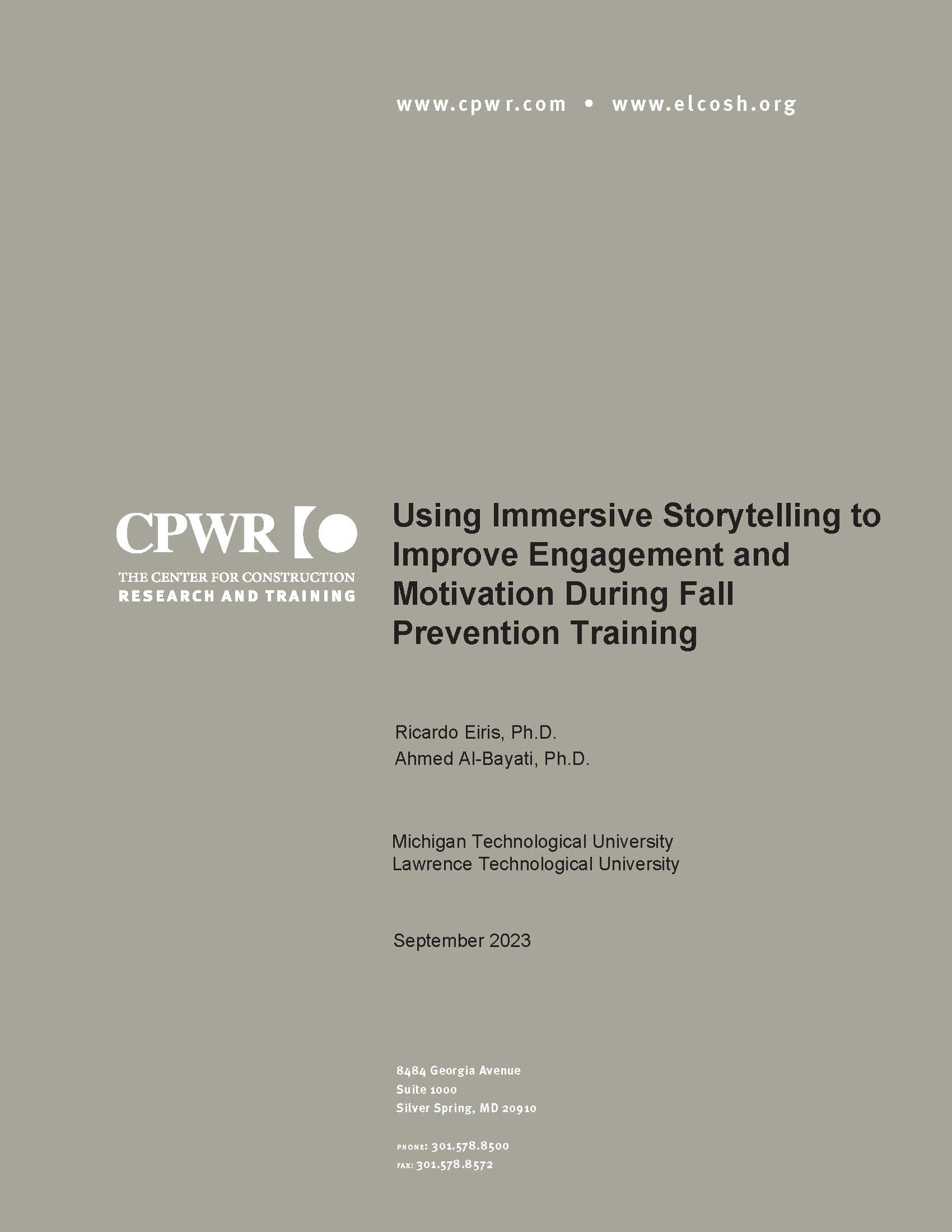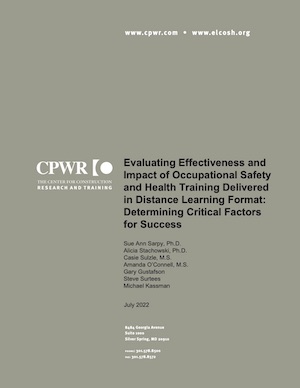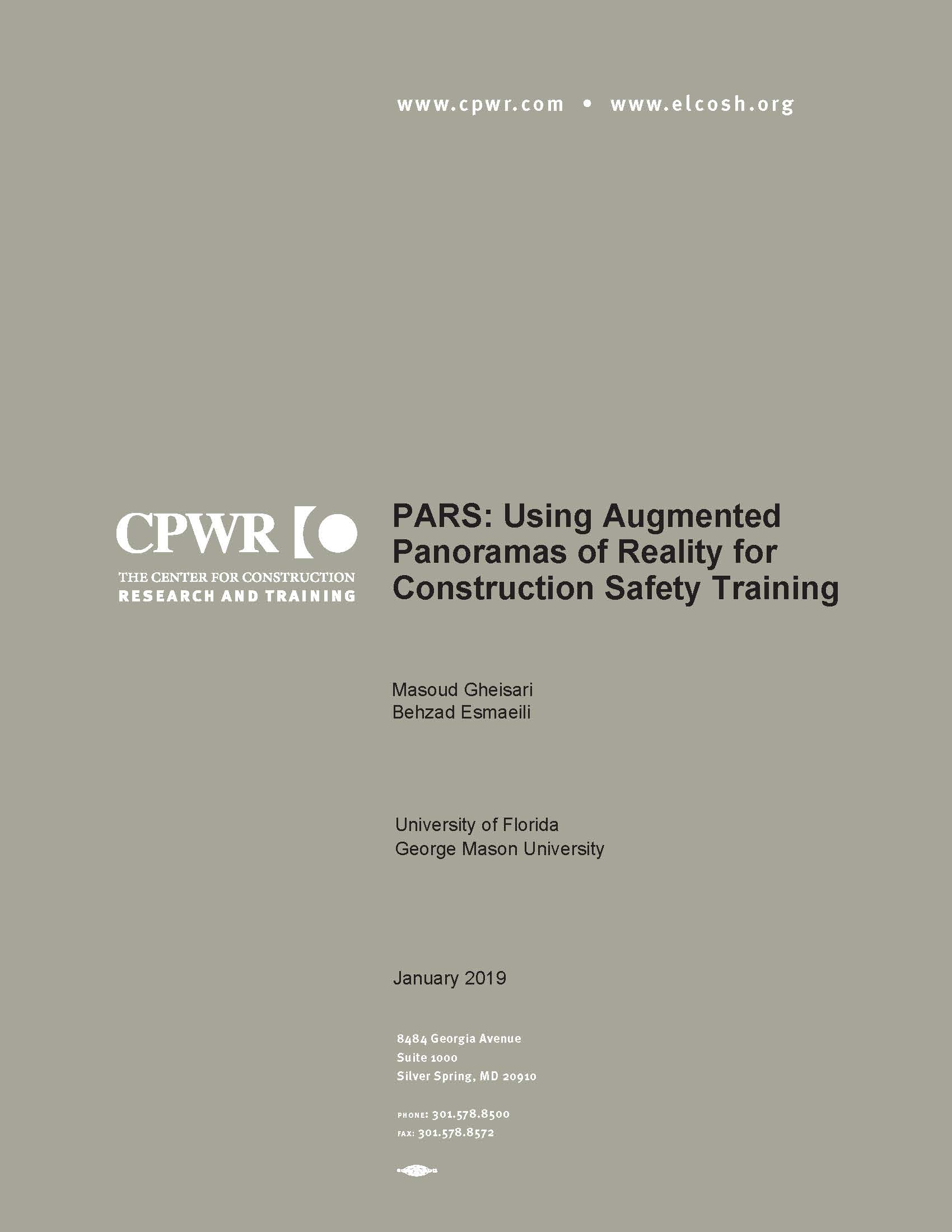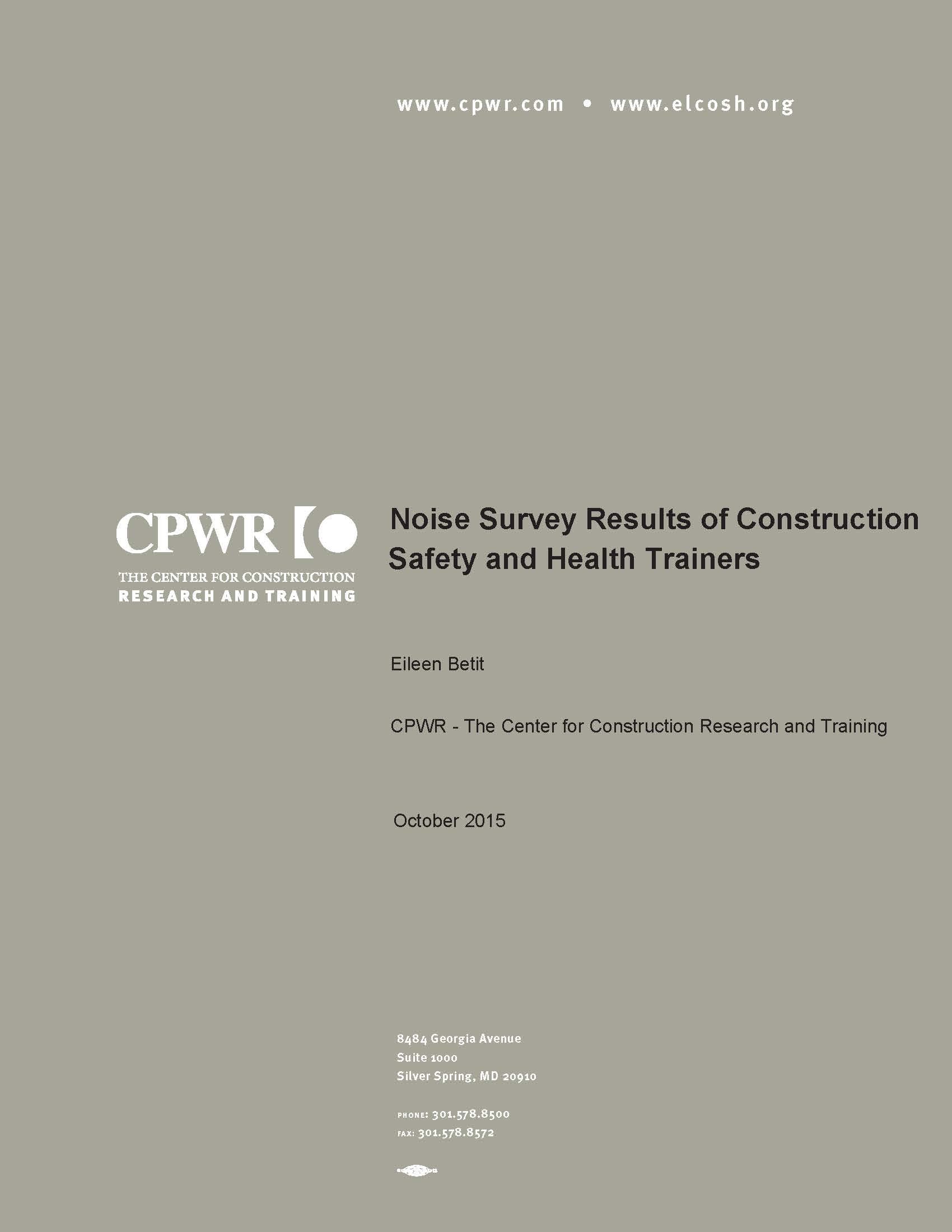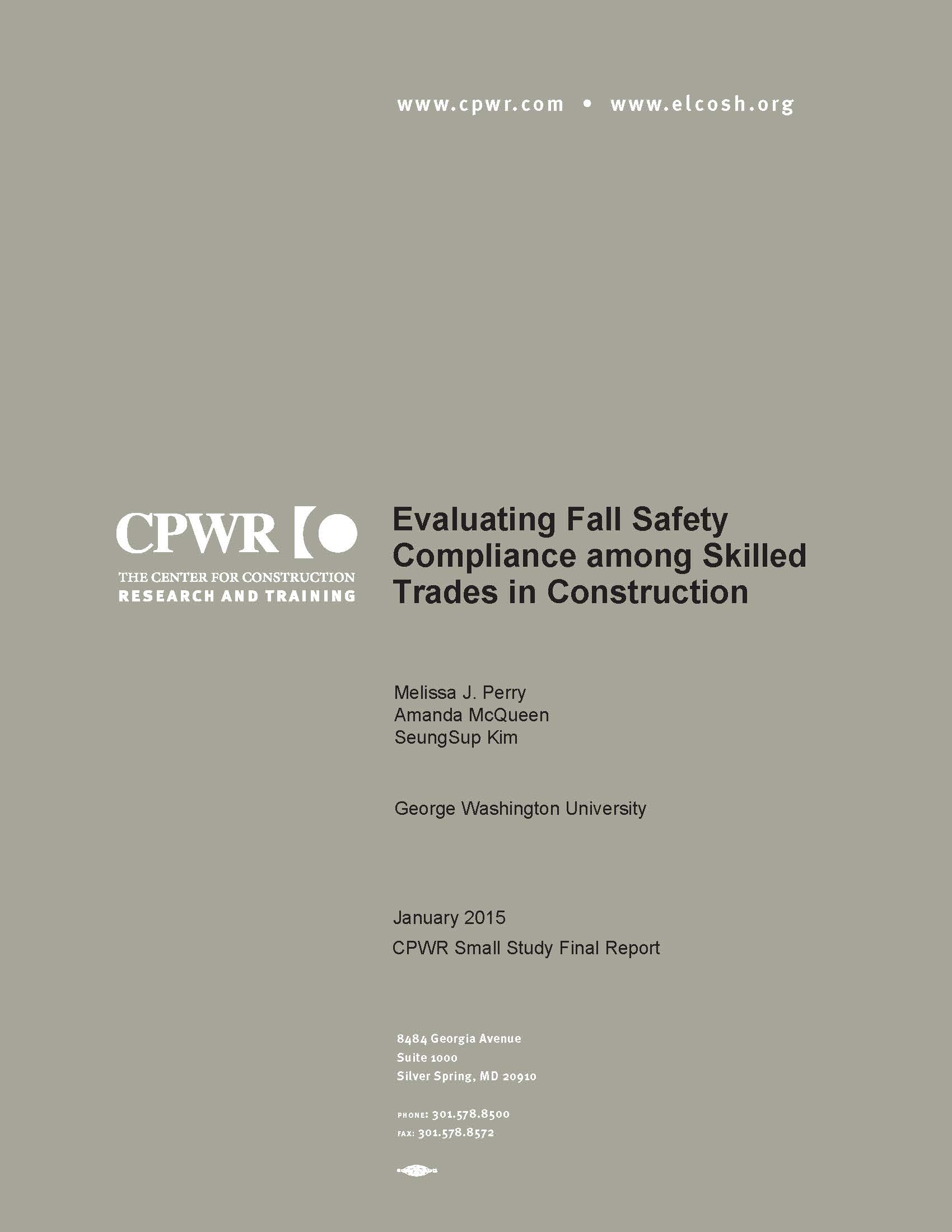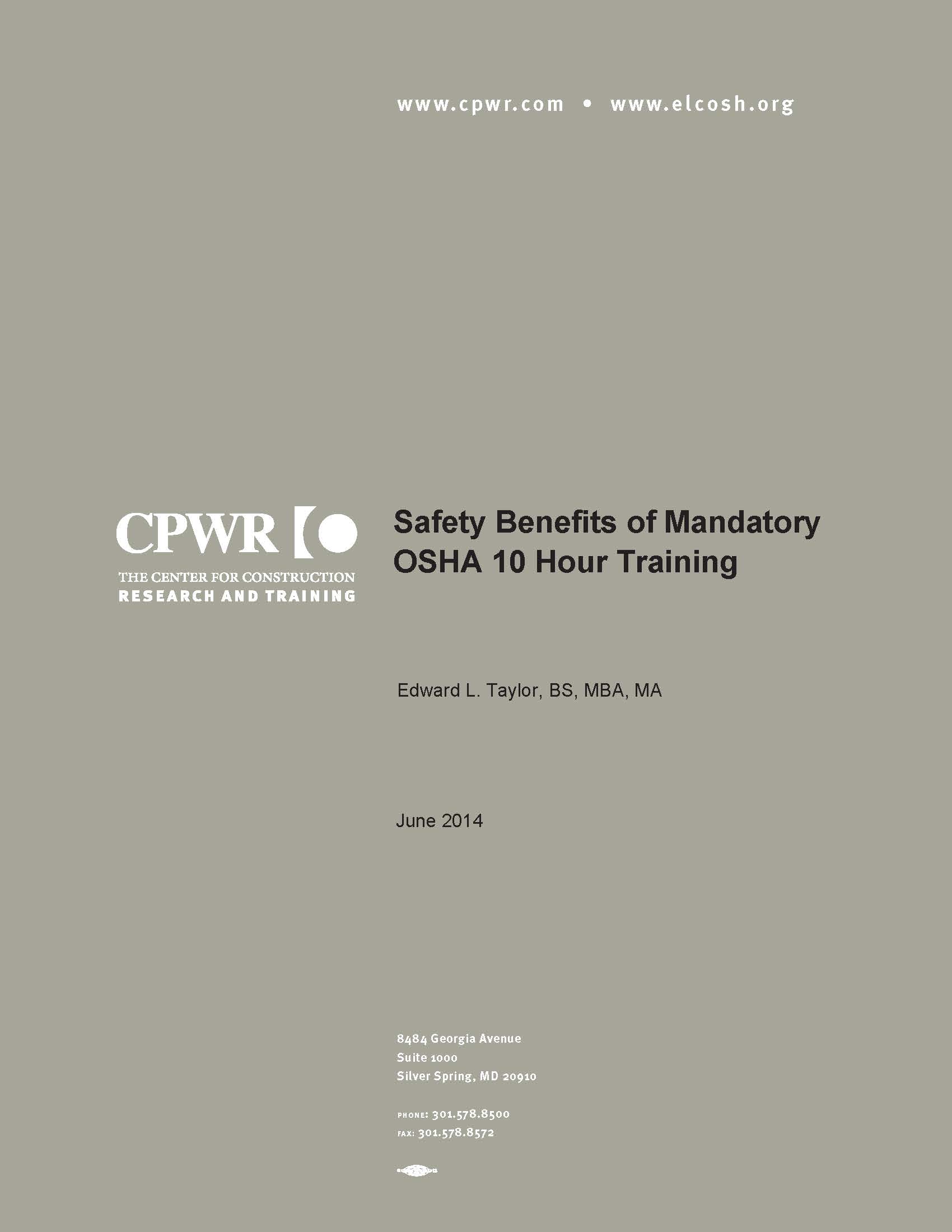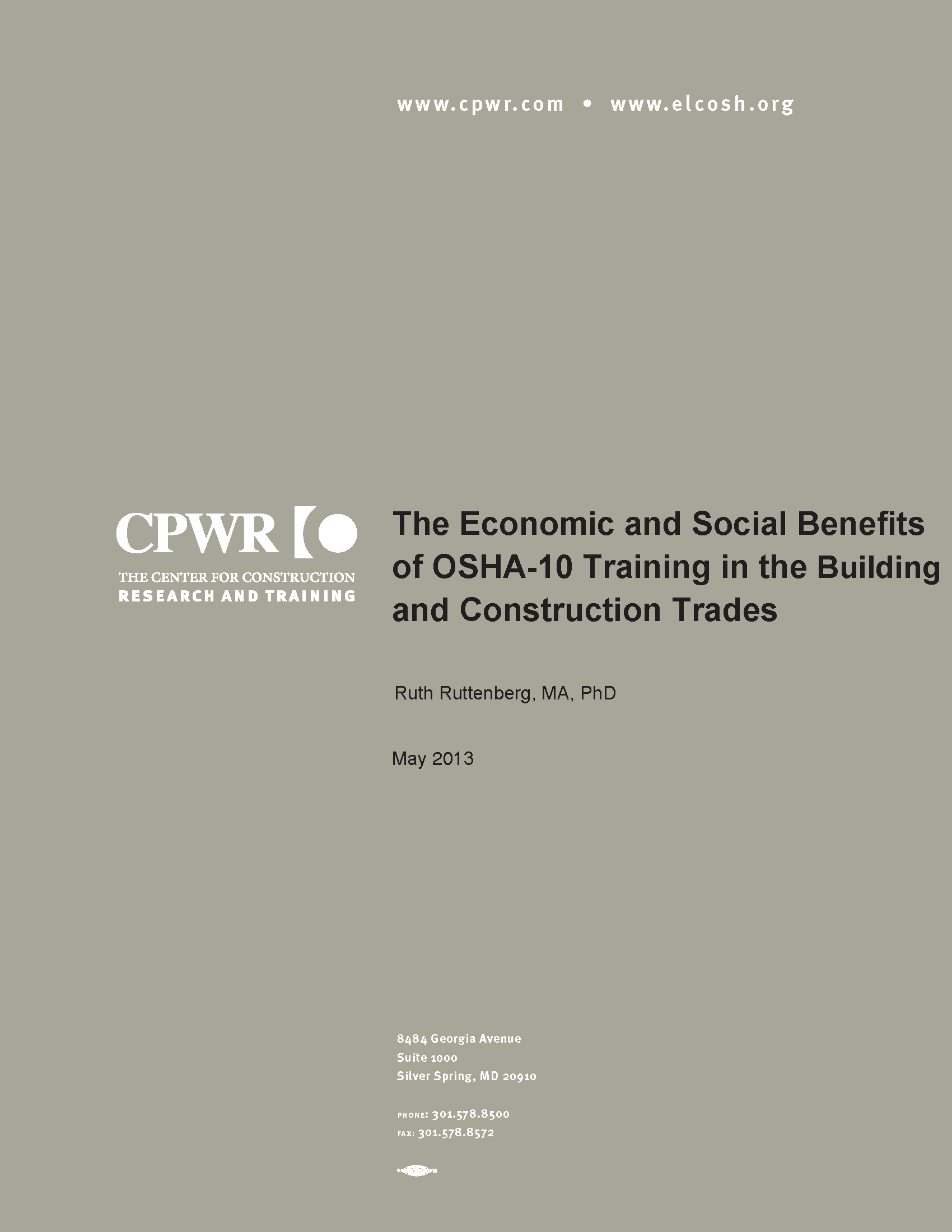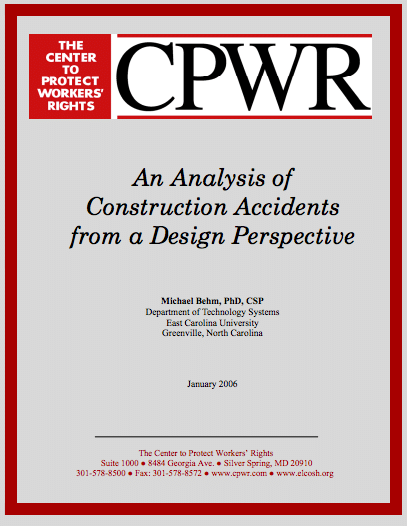Evaluation of Training
Using Immersive Storytelling to Improve Engagement and Motivation During Fall Prevention Training
Ricardo Eiris, Ahmed Al-Bayati. 2023.
In an effort to increase engagement and motivate participation, researchers developed fall hazard training methodology for residential construction workers featuring immersive storytelling, which places participants into a digital environment and delivers job site safety story narratives.
Evaluating Effectiveness and Impact of Occupational Safety and Health Training Delivered in Distance Learning Format: Determining Critical Factors for Success
Sue Ann Sarpy, Alicia Stachowski, Casie Sulzle, Amanda O’Connell, Gary Gustafson, Steve Surtees, Michael Kassman. 2022.
This report evaluated which factors affect the success of safety and health training delivered through distance learning, showing evidence supporting the effectiveness of synchronous, interactive distance learning techniques. It also identified trainee characteristics and other elements that are critical for success in technology-based formats, as well as offering recommendations for continuous quality improvement and suggestions for future research.
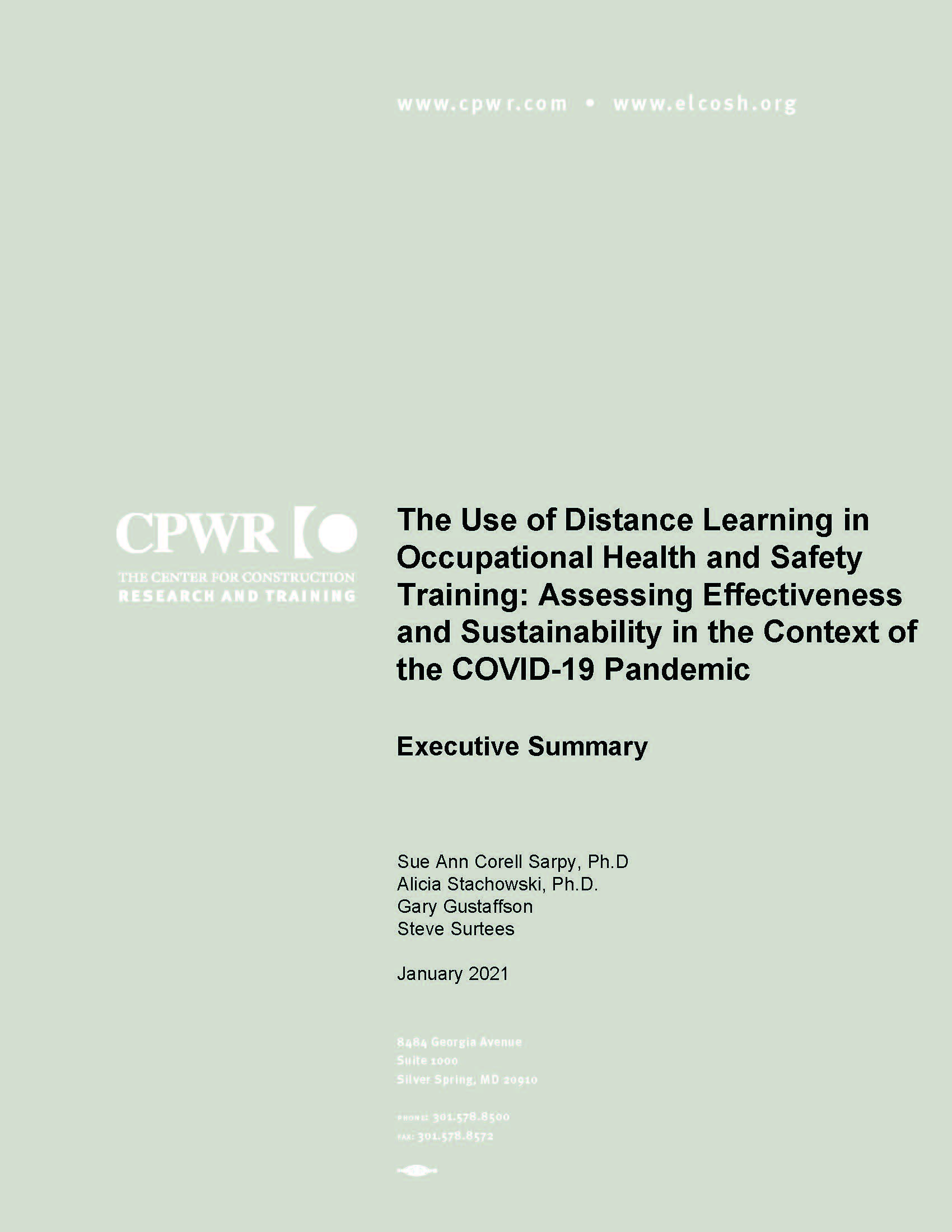
The Use of Distance Learning in Occupational Health and Safety Training: Assessing Effectiveness and Sustainability in the Context of the COVID-19 Pandemic
Sue Ann Corell Sarpy, Alicia Stachowski, Gary Gustafson, Steve Surtees. 2021.
This report captures the key points from an evaluation of CPWR’s transition to virtual safety and health training because of COVID-19. It addresses not only the effectiveness of the safety training content and distance learning format but also the feasibility of integrating the distance learning format into future training efforts. Read the full report or the executive summary. and use guidance developed from the report to improve distance learning.
PARS: Using Augmented Panoramas of Reality for Construction Safety Training
Masoud Gheisari, Behzad Esmaeili. 2019.
As a construction occupational safety training tool, traditional Virtual reality (VR) simulations can provide workers safe and controlled experiences of unsafe scenarios. However, they are expensive and time-consuming to develop and often do not offer true representations of real-world conditions. The research team used augmented panoramic captured images of real construction jobsites to create PARS (PAnoramas of Reality for Safety), a hazard-identification training tool based on panoramas of reality, which enables learners to navigate, observe, and identify hazards in the complex context of real construction sites. The team then tested its performance against those of a traditional VR-based system.
Noise Survey Results of Construction Safety and Health Trainers
Eileen Betit. 2015.
This final report details the CPWR noise survey that was conducted to provide the OSHA-NIOSH-CPWR r2p Working Group with information on the training currently provided to construction apprentices and journey-level workers on noise controls and hearing loss prevention practices, and test the use of the formal research side of the r2p TRU-Net system from the researcher
and trainer perspectives.
Evaluating Fall Safety Compliance among Skilled Trades in Construction
Perry, Melissa J, Amanda McQueen, SeungSup Kim. CPWR Small Study. January 2015.
Fall Hazards in Commercial Construction: Lessons Learned from a Unique Opportunity
Safety Benefits of Mandatory OSHA 10 Hour Training
Edward L. Taylor, BS, MBA, MA. June 2014.
In the past decade, six U.S. States (Massachusetts, Connecticut, Rhode Island, New Hampshire, New York, and Missouri) have passed laws requiring workers employed on publicly funded construction projects to receive a standard 10-hour OSHA-authorized hazard awareness training course prior to work. One state, Nevada, has mandated “OSHA-10” for all construction workers. The researcher investigates the effect of these laws on reported construction injury and fatality rates with a model that seeks to control for relative union density and the impact of the 2008-2009 recession.
The Economic and Social Benefits of OSHA-10 Training in the Building and Construction Trades
Ruttenberg, Ruth. CPWR Small Study. May 2013
This report examines pre- and post-training survey responses of self-reported actions of workers and documents instances of training making a real difference through interviews with trainers and trainees. The results: OSHA-10 training saves lives and reduces accidents and illnesses across the building and construction trades. See report for facts, figures, estimates of savings.
Evaluation of the Implementation and Impact of a Massachusetts Construction OHS Training Rule
Roelofs, Cora. June 2012
This study investigated the implementation and impact of the Commonwealth’s policy requiring OSHA 10-hour training through interviews with key informants and a survey of 100 workers across Massachusetts. Survey respondents offered a strong consensus on the value of the requirement in “raising the bar” in safety in the commercial construction sector even beyond public projects. They believed that compliance with the requirement was close to universal.
Safety and Health Training in Construction in Kentucky
Goodrum, Paul. 2006
Summarizes interviews with construction workers and development of a database of construction safety and health training resources. (The database is available from Goodrum and as part of the report posted at www.cpwr.com.)
A Comparison of Safety-and-Health Training of Painters in Alaska, Oregon, and Washington
Wolford, Rod, Marilyn Larson and others. 1997.
Reports main findings of a three-year study, which shows Alaska’s Hazardous Painting Certification Standard is more effective in reaching a broad cross-section of painters, improved self-protective behaviors, and is less costly per painter than voluntary training in two other states.
